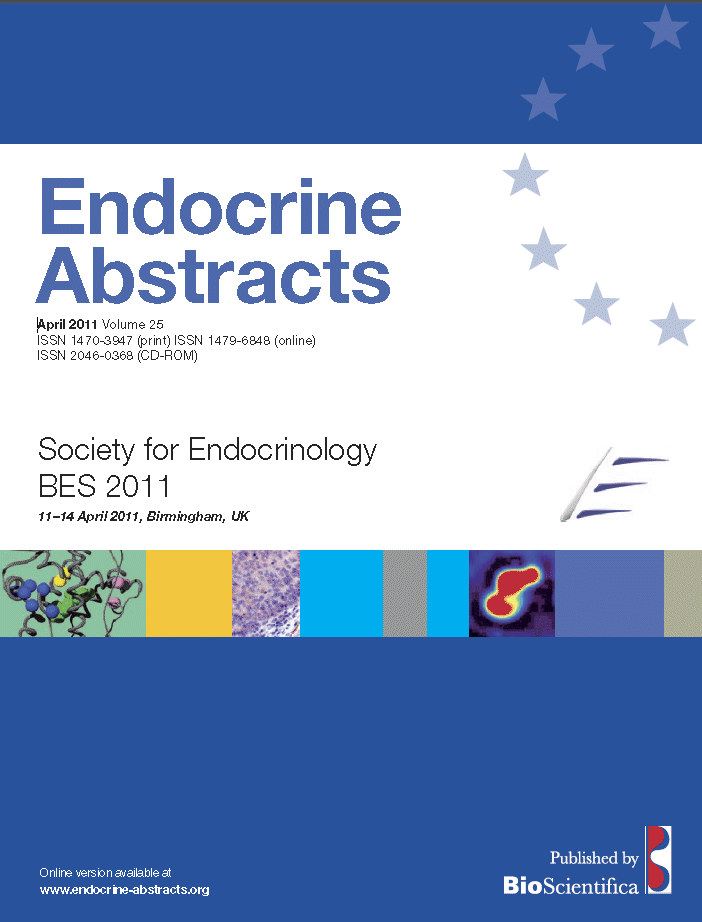Searchable abstracts of presentations at key conferences in endocrinology
Special Interest Groups
Bone and mineral special interest group
ea0025sig1.1 | Bone and mineral special interest group | SFEBES2011
Osteopetrosis and other causes of high bone mass
Knowledge of rare genetic skeletal disorders has helped guide innovative treatment developments for osteoporosis, for example from our understanding of pycnodysostosis balicatib has emerged, as have anti-SOST antibodies from our experience of sclerosteosis and Van Buchems disease. Yet much high bone mass remains unexplained, better appreciation of which may translate into improved understanding of bone regulation and new therapeutic targets for future osteoporosis therap...
ea0025sig1.2 | Bone and mineral special interest group | SFEBES2011
Patients teaching doctors: hypophosphatemic rickets and the revelation of a novel phosphate homeostatic system
Familial hypophosphatemic rickets was recognized in the 1950s, when hypophosphatemia due to renal phosphate wasting was identified in individuals with rickets unresponsive to vitamin D therapy. X-linked dominant inheritance was evident in many cases, and the most common form of the disease is known as X-linked hypophosphatemia (XLH). A description of vitamin D-refractory rickets likely represents the first report of XLH (Albright F et al., Am J Dis Children 1937)...
ea0025sig1.3 | Bone and mineral special interest group | SFEBES2011
Osteogenesis imperfecta
Osteogenesis imperfecta (OI) is a rare but serious genetic disorder of bone leading to increased fragility and greatly increased susceptibility to fracture. Some patients experience additional problems such as abnormally formed teeth, progressive deafness and scoliosis. The condition is divided into various subtypes with types I and IV being the commonest, type 2 is lethal in utero and type 3 is associated with most disability and deformity. Patients with OI typically h...
ea0025sig1.4 | Bone and mineral special interest group | SFEBES2011
Osteoporosis
Abstract unavailable....




